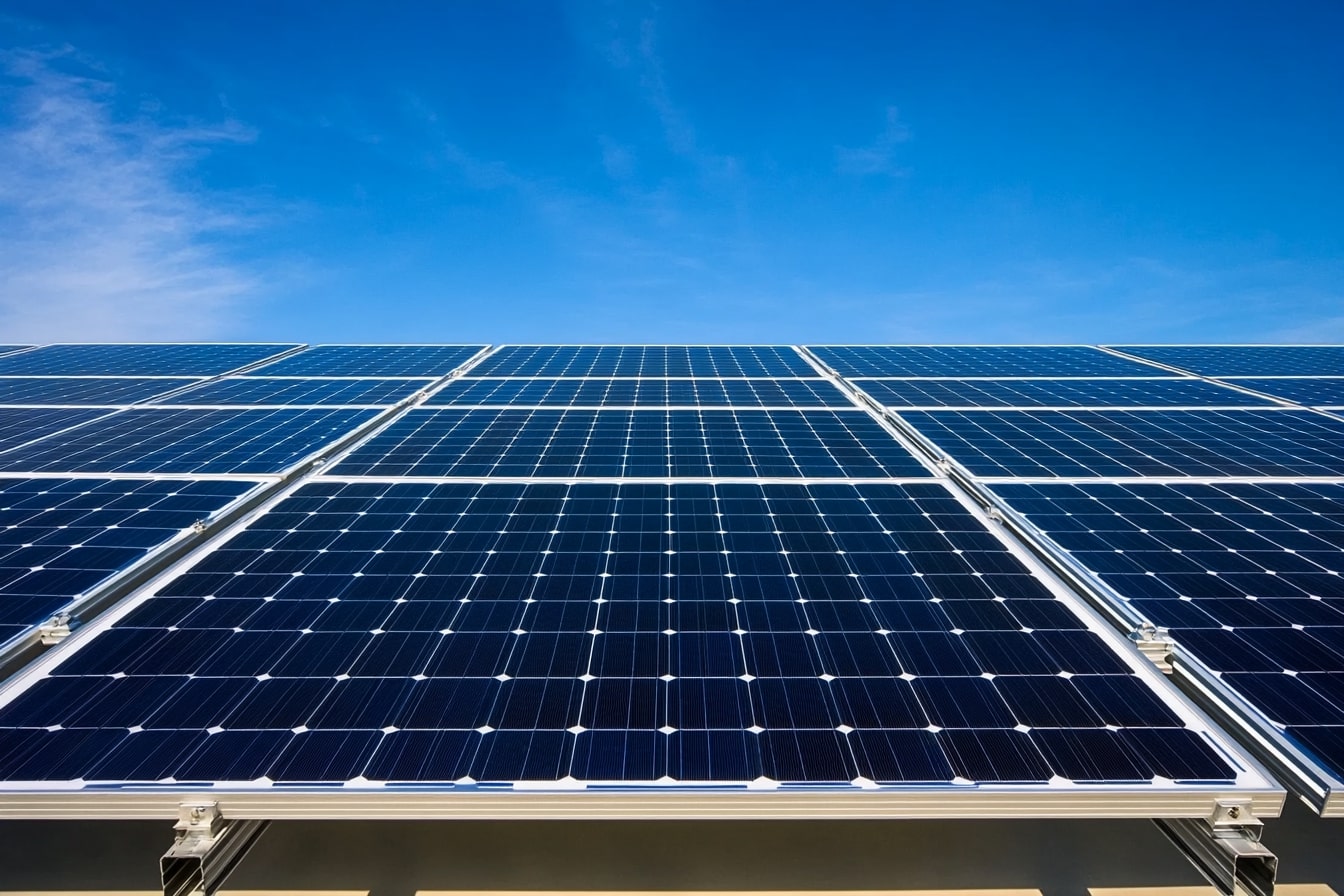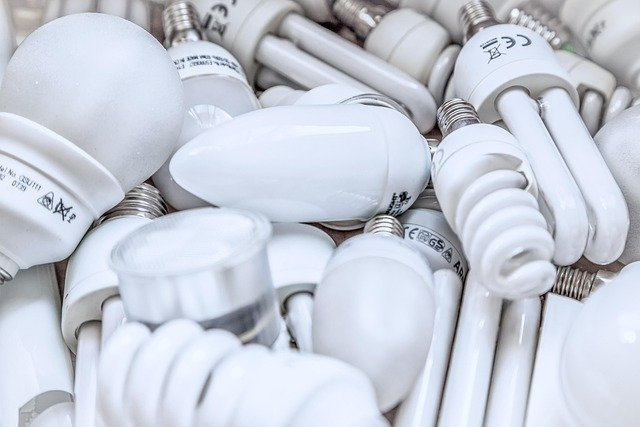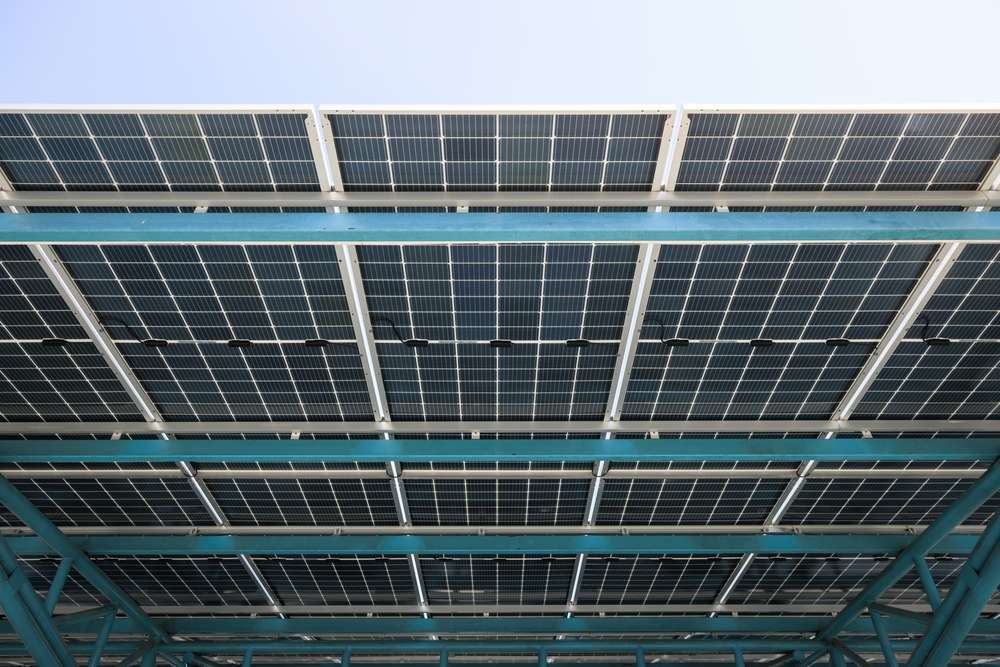Unlock savings with the latest solar panel incentives in 2025.
As we move into 2025, homeowners looking to invest in solar energy have unprecedented opportunities to reduce costs through new government incentives, tax credits, and rebate programs. These financial benefits make renewable energy more accessible than ever before, allowing households to simultaneously reduce their carbon footprint and utility bills while increasing property value.

Solar energy adoption continues to accelerate across the United States as federal, state, and local governments enhance financial incentives for homeowners and businesses. The year 2025 brings significant updates to solar panel incentives, making renewable energy more financially attractive than ever before. Understanding these opportunities can help you maximize savings while contributing to a more sustainable future. From enhanced tax credits to innovative rebate structures, this comprehensive guide explores how you can benefit from the latest solar incentives.
Federal Solar Investment Tax Credit Updates for 2025
The federal solar Investment Tax Credit (ITC) remains one of the most valuable incentives for solar adopters in 2025. Originally scheduled to decrease, recent legislation has extended and expanded this critical benefit. Homeowners can now deduct 30% of their solar system costs from their federal taxes, with no maximum cap. This represents thousands of dollars in potential savings on an average residential installation. Additionally, the 2025 updates include new provisions for battery storage systems installed alongside solar panels, even if added to existing solar setups. The credit now also applies to community solar projects, allowing apartment dwellers and those with unsuitable roofs to participate in the renewable energy transition.
State-Level Solar Rebates Reaching New Heights
State governments across the country have implemented complementary incentives that stack with federal benefits. In 2025, many states have increased their rebate amounts to further accelerate clean energy adoption. These direct cash rebates typically range from $500 to $5,000 depending on system size and location. Some states have introduced performance-based incentives that pay homeowners for the actual electricity their systems generate over time. California’s Self-Generation Incentive Program (SGIP) has expanded to offer higher rebates for systems paired with battery storage, while northeastern states have introduced additional incentives for low and moderate-income households to ensure equitable access to solar technology.
Utility Company Programs and Net Metering Enhancements
Local utility companies have developed innovative programs to encourage solar adoption while managing grid integration. In 2025, many utilities offer upfront rebates, performance-based incentives, and favorable net metering policies. Net metering allows solar system owners to receive credit for excess electricity fed back into the grid, effectively using the grid as a battery. Several states have enhanced their net metering policies to provide full retail credit for solar production, while others have implemented time-of-use rates that can increase the value of solar-generated electricity during peak demand periods. Some utilities now offer additional incentives for systems that include smart inverters or battery storage that can support grid stability.
Property Tax Exemptions and Increased Home Values
Property tax exemptions for solar installations have expanded significantly in 2025. These exemptions prevent your property taxes from increasing despite the added value solar panels bring to your home. Research consistently shows that homes with solar energy systems sell faster and for higher prices than comparable non-solar homes. The National Renewable Energy Laboratory estimates that each dollar saved in annual electricity costs adds $20 to your home’s value. In 2025, more counties and municipalities have implemented these exemptions, recognizing that encouraging renewable energy adoption benefits communities through grid resilience and environmental improvements.
Solar Renewable Energy Certificates (SRECs) Market Growth
The market for Solar Renewable Energy Certificates (SRECs) has matured significantly in 2025, offering solar system owners an additional revenue stream. For every megawatt-hour of electricity your system generates, you earn one SREC that can be sold to utilities needing to meet their renewable energy requirements. SREC prices vary by state and market conditions, but they can add substantial value to your solar investment over time. In 2025, several states have strengthened their Renewable Portfolio Standards, requiring utilities to source more electricity from renewable sources and thereby increasing demand for SRECs. New online marketplaces have also made it easier for homeowners to track and sell their certificates, maximizing this often-overlooked benefit.
Solar Incentive Comparison Across Major Programs
Understanding how different incentive programs compare can help you maximize your savings when going solar. Below is a comparison of the major solar incentive programs available in 2025:
| Incentive Program | Provider | Benefit Type | Estimated Value |
|---|---|---|---|
| Federal ITC | U.S. Government | Tax Credit | 30% of system cost |
| Residential Clean Energy Credit | U.S. Government | Tax Credit | Up to $3,200/year |
| California SGIP | CA State | Direct Rebate | $200-$1,000/kWh for storage |
| NY-Sun Incentive | NY State | Direct Rebate | $0.20-$0.60/watt |
| Illinois Solar for All | IL State | Performance Payment | Up to 50% system cost |
| EnergySage Solar Marketplace | Utilities | Performance Payment | $0.05-$0.35/kWh produced |
| Solar Massachusetts SMART | MA State | Performance Payment | $0.22-$0.36/kWh produced |
Prices, rates, or cost estimates mentioned in this article are based on the latest available information but may change over time. Independent research is advised before making financial decisions.
Maximizing Solar Savings Through Strategic Installation Timing
Strategic timing of your solar installation can significantly impact your overall savings. In 2025, several incentive programs are structured with declining benefit schedules, meaning earlier adopters receive greater financial benefits. Additionally, equipment costs continue to decrease while efficiency improves, creating a complex decision matrix for potential solar customers. Supply chain improvements have reduced equipment lead times, allowing for faster installations. Many installers now offer seasonal promotions during traditionally slower periods, which can be combined with government incentives for maximum savings. Planning your installation to coincide with tax seasons can also help manage the upfront costs more effectively, as you’ll receive tax credits sooner.
The solar landscape in 2025 offers unprecedented financial incentives for homeowners and businesses looking to transition to renewable energy. From federal tax credits to state rebates, property tax exemptions to performance payments, the financial case for solar has never been stronger. By understanding and strategically combining these various incentives, you can significantly reduce the upfront cost of installation while enjoying decades of clean, affordable energy. As climate goals become increasingly urgent, these incentives represent a win-win opportunity to reduce both your carbon footprint and your energy costs for years to come.




